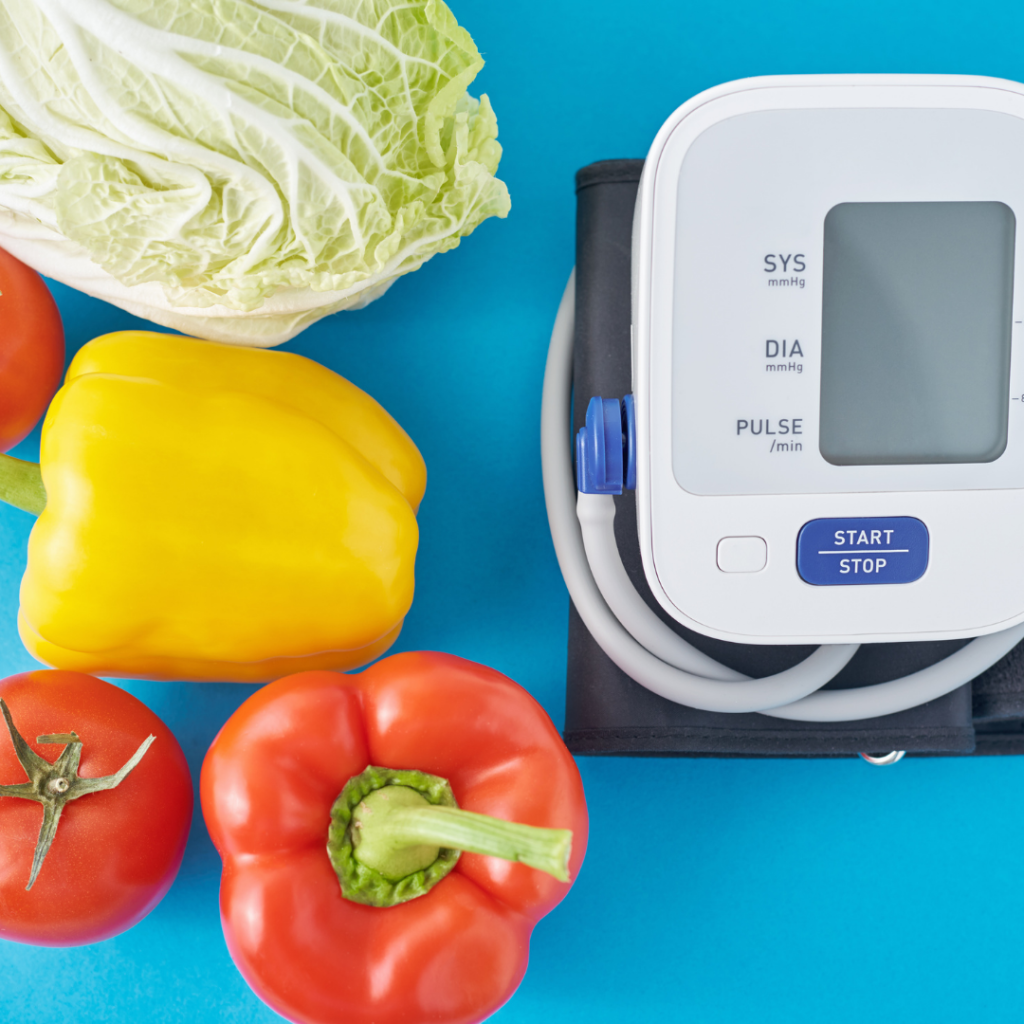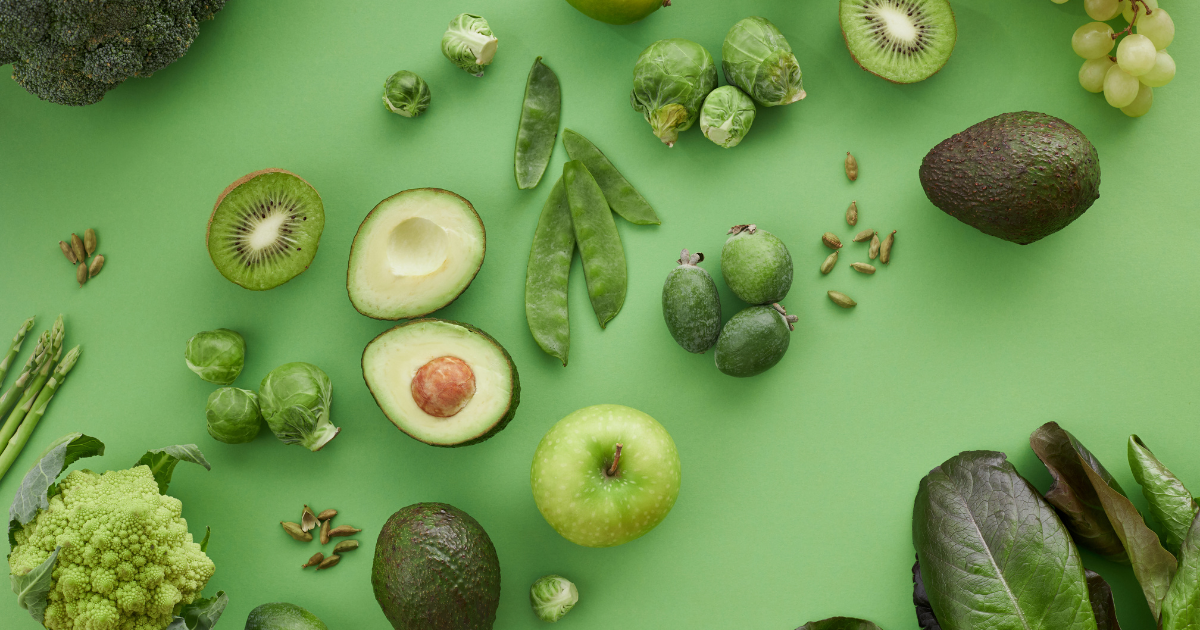Blood pressure is the amount of force exerted by blood on the walls of the vessels in the body. This happens as the heart pumps blood to various body organs. When this pressure is too high, it is called hypertension or high blood pressure and can result from several factors. Failure to attend to it promptly and appropriately may result in serious health issues like heart diseases, stroke, and even death.
Usually, doctors prescribe blood pressure-lowering medications, such as angiotensin-converting enzyme (ACE) inhibitors. However, changing one’s way of life, especially eating habits, may help control the pressure levels. This involves eating a well-balanced, heart-healthy meal, including reducing sodium intake.
What Foods Can You Eat?
Individuals with high blood pressure must eat food containing minerals such as potassium, magnesium, and calcium. These minerals may regulate blood pressure and lower it by up to 11 mm Hg. This approach is recommended by the Dietary Approaches to Stop Hypertension (DASH).
Why Does Your Meal Need to Be Rich in Greens?

Too much sodium in the body results in excessive fluid retention. As a result, your blood volume hikes up while increasing the pressure on the arteries. However, potassium intake helps correct this issue, and the mineral can be found in greens and leafy vegetables such as spinach, broccoli, and kale.
Ensure you take them in large quantities as the potassium aids in the removal of sodium from your body through your urine. Consequently, your blood vessel walls relax, lowering blood pressure.
How Can You Further Reduce Sodium Intake?
The best way to achieve this goal is to reduce the intake of meals containing sodium. As a general rule, sodium intake should be kept to no more than 2,300 mg per day. However, less than 1,500 mg of sodium per day is preferable for individuals with high blood pressure.
Eliminate Consumption of Processed Foods
Most natural foods have a recommended amount of sodium. However, the majority of processed meals have very high amounts that may be detrimental to the health of a person suffering from hypertension. These foods include canned meat, sausages, and ham, among others.
Read Labels Before Purchasing
This will help you know the ingredients used to make the food you are about to purchase. Try to find low-sodium substitutes instead of buying high-sodium foods.
Avoid Adding Salt to Your Food
A single teaspoon of salt has 2,300 milligrams of sodium. Instead of salt, opt for natural herbs and spices to enhance the taste of your meal.
Why Is Calcium Intake Important in Regulating High Blood Pressure?
Calcium consumption lowers blood pressure in two ways. First, a recommended amount of calcium in the blood tightens and relaxes the blood vessels, also known as vasoconstriction. It also raises the vascular volume via the renin-angiotensin-aldosterone system. Some of the calcium-rich meals that you can take include:
- Yogurt
- Milk
- Green vegetables
- Almond
What Should Your Diet Look Like When Battling Hypertension?
The DASH diet has some dietary objectives that you should incorporate into your daily diet. Below are the recommended guidelines that will effectively lower your blood pressure levels.
- Take vegetables and fruits daily.
- Include grains in your meals regularly, preferably cereals such as green grams.
- Incorporate nuts and legumes into your diet on a weekly basis.
- Minimize intake of high-fat dairy products. Only take milk and cheese two or three times a day.
- Take proteins, including lean meat and fish.
